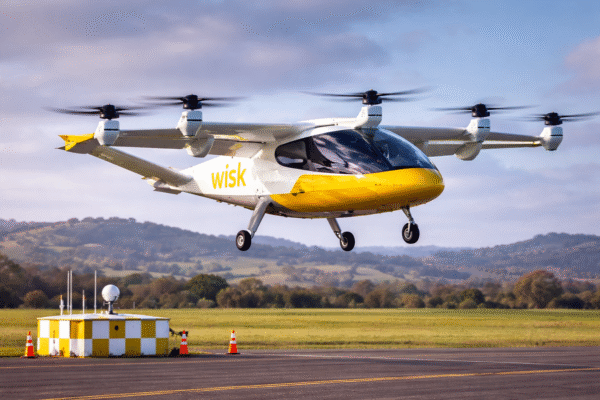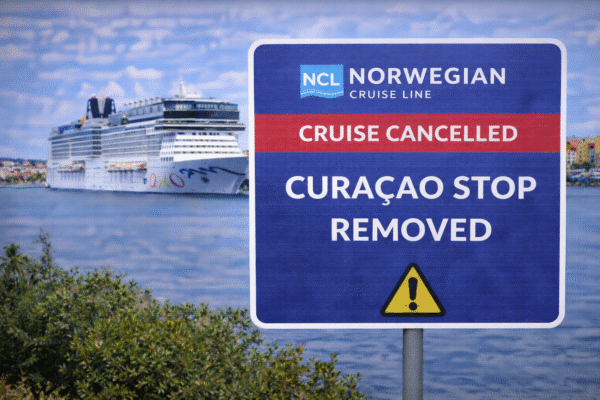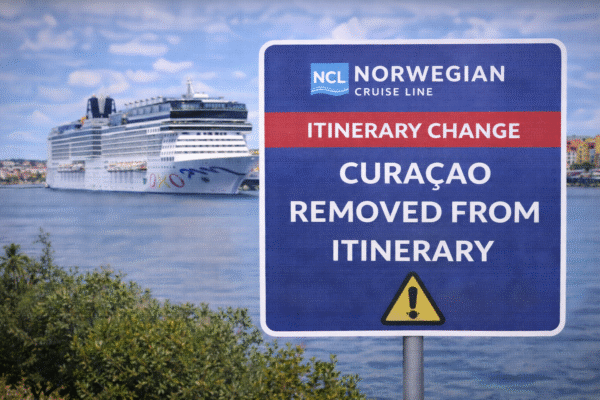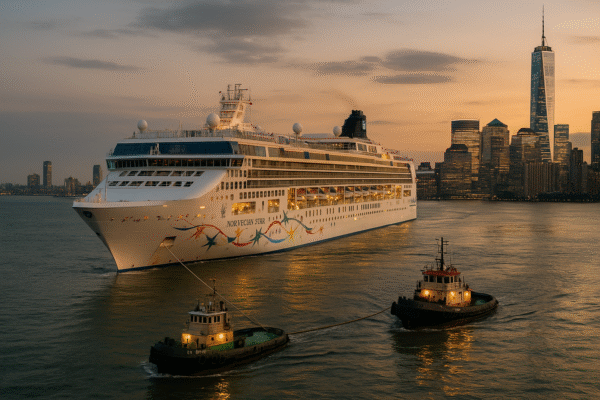The Norwegian Star, a 91,740-gross-ton Dawn-class vessel launched in 2001, departed Manhattan Cruise Terminal on July 12, 2025 at 4:00 p.m. EST, embarking on a 14-night Transatlantic journey bound for Halifax, Nova Scotia. Mere hours into its voyage, the ship suffered a cascading power failure that disabled propulsion, air conditioning, and water systems while still in the Hudson River. Tugboats secured the powerless vessel and guided it back to Pier 88, where NCL engineers and the U.S. Coast Guard carried out a swift inspection before clearing the ship to resume its journey at 12:30 a.m. on July 13.
Passengers endured intermittent power surges and complete outages, leaving cabins unlit and temperatures soaring into the mid-80s Fahrenheit without air conditioning or running water. Crew members distributed bottled water and portable fans, while the ship’s emergency lighting system provided minimal visibility in corridors and public areas. Guests described flickering lights, sudden blackouts, and long waits for basic services—a stark contrast to the luxury experience they had anticipated. Many took to social media to share their frustration and confusion, turning the Hudson River event into an overnight viral story.
The propulsion issue unfolded just as the Norwegian Star was executing its scheduled backing maneuver out of the Manhattan Cruise Terminal. By approximately 8:00 p.m., two tugboats had maneuvered the vessel back to Pier 88, where engineers diagnosed the fault. After replacing a malfunctioning electrical relay and conducting live sea trials in the harbor, the ship received final clearance from the Coast Guard and cast off again at 12:30 a.m., with minimal delay to the overall itinerary. While the early-morning departure meant guests lost only a few hours of sea time, it did compress onboard programming and shore-side excursions.
At the heart of the failure lies the ship’s Azipod propulsion system, a podded-engine configuration prized for fuel efficiency and precise maneuvering. Since its 2001 launch, the Norwegian Star has experienced at least eight documented propulsion-related incidents between 2003 and 2019, leading to rerouted ports and schedule changes. Norwegian Cruise Line’s US $159 million lawsuit victory in 2022 against the Azipod manufacturer highlighted these recurring technical challenges, prompting questions about the long-term reliability of the technology and the vessel’s maintenance protocols.
Following resolution of the technical failure, Norwegian Cruise Line issued a statement affirming the ship’s full itinerary. The next port of call remains Halifax, Nova Scotia, with the expected arrival on Monday, July 14. Subsequent scheduled stops include Sydney (Nova Scotia), Prince Edward Island, Nuuk and Paamiut in Greenland, before concluding the voyage in Reykjavik, Iceland, on July 26. The line confirmed that all shore excursions, dining events, and onboard entertainment will proceed as originally planned, with staff offering alternative activities to make up for lost time at sea.
Halifax ranks among Canada’s leading cruise destinations, hosting a record 360,000 passengers in 2024 and generating an estimated CA $172 million in direct tourism revenue from port fees, shore excursions, and local spending. Although the Norwegian Star’s brief delay shifted its arrival window, the Halifax Port Authority reports that contingency docking operations and adjusted tender schedules enabled a seamless transition for tour operators and retailers anticipating the July 14 call. Local hotels have also agreed to flexible check-in times to accommodate disembarking passengers.
For the 2,348 guests onboard, relief was palpable once shore power was restored. No injuries or medical emergencies were reported during the ordeal. In line with NCL’s disruption policy, affected passengers have been offered onboard credits, meal vouchers, and discounted future cruise rates. Travel advisors recommend retaining all receipts and insurance documentation to expedite any out-of-pocket claim settlements through comprehensive travel insurance policies.
While power outages at sea remain relatively rare, the summer of 2025 has seen notable incidents across the industry. MSC Orchestra faced an extended blackout following an electrical fire in June, Celebrity Infinity was stranded in Kusadasi, Turkey, and Harmony of the Seas recorded an overnight outage during peak holiday sailings. These high-profile cases underscore the complexity of modern cruise ship power networks and the critical importance of robust preventive maintenance programs.
Modern cruise vessels are equipped with redundant diesel generators and onboard engineering teams capable of rapid-response repairs. Advances in satellite communication, notably the integration of Starlink broadband, enable remote monitoring and real-time technical support. Cruise lines continue to invest in fail-safe systems, regular crew drills, and shore-based diagnostic centers to mitigate the risk of service interruptions—especially on Transatlantic crossings and expedition itineraries where assistance may be days away.
The Norwegian Star’s evacuation from the Hudson River to Pier 88 serves as a reminder of the critical balance between cutting-edge maritime technology and passenger safety. Norwegian Cruise Line’s swift corrective measures, transparent communication, and steadfast adherence to the original itinerary helped restore confidence among travelers and industry stakeholders. As the vessel charts its course toward Halifax and beyond, this incident reinforces the maritime sector’s dedication to resilience and continuous improvement in delivering seamless, memorable cruise experiences.
Read more cruise stories, follow Global Travel Wire.
Disclaimer: This image is AI generated and may bear no resemblance with actual fact or images.



















